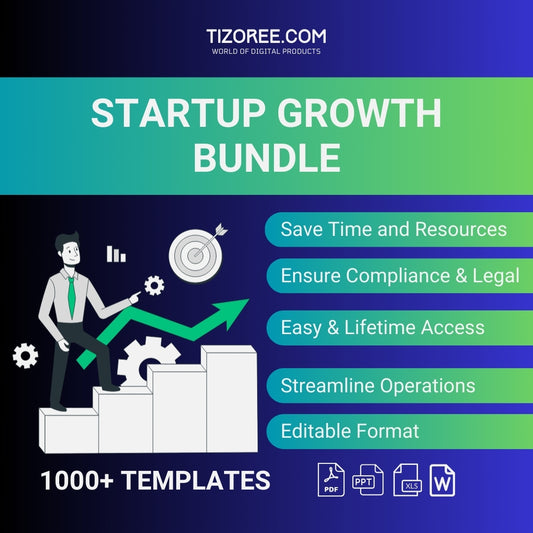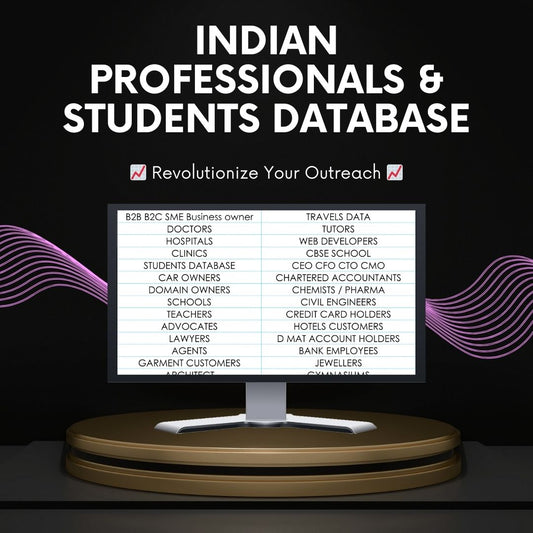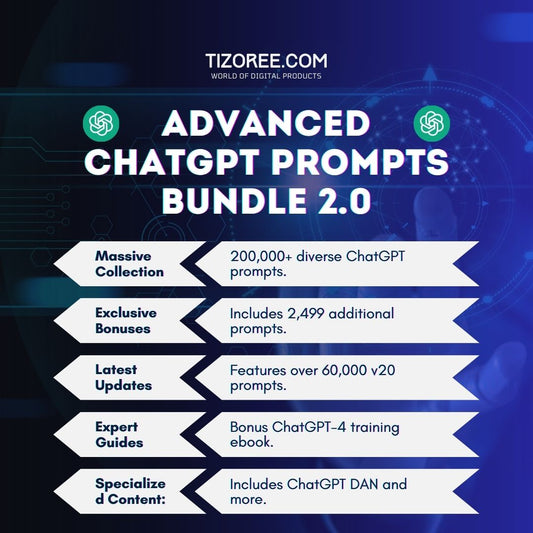Understanding Programmatic SEO: A Comprehensive Guide
Share
Programmatic SEO is an innovative strategy that allows marketers to create a multitude of optimized web pages efficiently. In this guide, we'll explore its fundamentals, from keyword research to creating bulk landing pages, and the tools needed to implement it effectively.
What is Programmatic SEO?
Programmatic SEO refers to the automated creation of optimized web pages based on specific data sets and predefined rules. This strategy enables marketers to generate hundreds or even thousands of pages that can rank for multiple long-tail keywords across various locations. By leveraging this approach, businesses can enhance their visibility in search engine results and attract targeted traffic.
Anatomy of Programmatic SEO
At the heart of programmatic SEO are key elements such as headers, modifiers, and datasets. Understanding these components is crucial for successfully implementing this strategy.
Headers and Modifiers
Headers are essential for structuring your content, while modifiers help refine your keyword strategy. For instance, if your main term is "dog breeds," modifiers could include "best dog food for Golden Retrievers" or "affordable dog breeds." These combinations create long-tail keywords that are easier to rank for and attract specific audiences.
Datasets: The Backbone of Programmatic SEO
Datasets are collections of information that can be used to generate content dynamically. For example, if you are targeting dog breeds, you might compile a dataset that includes various dog breeds along with their characteristics, images, and care tips. This data can be used to automate the creation of relevant landing pages.
Creating Bulk Landing Pages
Creating bulk landing pages is a crucial step in programmatic SEO. This involves using tools like WP All Import to upload datasets and generate multiple pages quickly. Let's walk through the process of creating bulk pages.
Step-by-Step Process
- Gather Your Dataset: Start by collecting relevant data. For instance, if you're focusing on dog breeds, compile a list that includes breed names, images, and descriptions.
- Prepare Your Data: Ensure your dataset is clean and formatted correctly. Remove any unnecessary characters or duplicates to enhance the quality of your data.
- Use WP All Import: This WordPress plugin allows you to import your dataset easily. Upload your CSV file and map the fields to create structured content.
- Create Templates: Develop a content template that defines how each page will look. This template should include placeholders for dynamic content, like breed names and images.
- Launch Your Pages: Once your templates are set, you can publish your bulk pages. Monitor their performance and make adjustments as necessary.
Keyword Research for Programmatic SEO
Effective keyword research is vital for the success of your programmatic SEO efforts. Identifying the right keywords will help you attract the right audience and improve your chances of ranking higher in search results.
Finding Keywords
To find keywords, start by brainstorming terms related to your niche. Use tools like Google Keyword Planner or SEMrush to analyze search volumes and competition. Long-tail keywords, which typically consist of three or more words, are particularly valuable as they often indicate a higher intent to convert.
Data Filtering and Validation
Once you have a list of potential keywords, filter them based on relevance and search volume. Ensure that the keywords align with your content strategy and audience needs. Data validation is also essential to confirm that your keywords are not overly competitive.
Benefits of Programmatic SEO
Implementing programmatic SEO comes with numerous benefits that can significantly impact your digital marketing efforts.
- Scalability: Easily create and manage a large number of pages without the need for extensive manual input.
- Improved Efficiency: Automating page creation saves time and resources, allowing you to focus on other marketing strategies.
- Enhanced Visibility: By targeting long-tail keywords, you can improve your chances of ranking higher in search results.
- Data-Driven Insights: Utilize data to inform your content strategy and make informed decisions about what to create.
Programmatic SEO Examples
Many successful businesses leverage programmatic SEO to drive traffic and conversions. For instance, e-commerce sites often create category and product pages automatically based on their inventory data. This approach ensures that they have relevant content for every product variation, enhancing user experience and increasing sales potential.
Tips and Tricks for Effective Programmatic SEO
To maximize the effectiveness of your programmatic SEO strategy, consider the following tips:
- Focus on Quality: Even though automation is a key feature of programmatic SEO, ensure that the content generated is high-quality and provides value to users.
- Monitor Performance: Regularly analyze the performance of your pages using analytics tools. This will help you identify what works and what needs improvement.
- Stay Updated: SEO trends and algorithms are constantly changing. Stay informed about the latest developments to keep your strategy relevant.
- Optimize for User Experience: Ensure that your pages are not only optimized for search engines but also provide a great user experience.
Conclusion
Programmatic SEO is a powerful strategy that can transform how businesses approach online visibility. By understanding its components and implementing best practices, you can create a robust online presence that attracts targeted traffic and drives conversions. Embrace the power of automation and data-driven insights to stay ahead in the competitive digital landscape.



